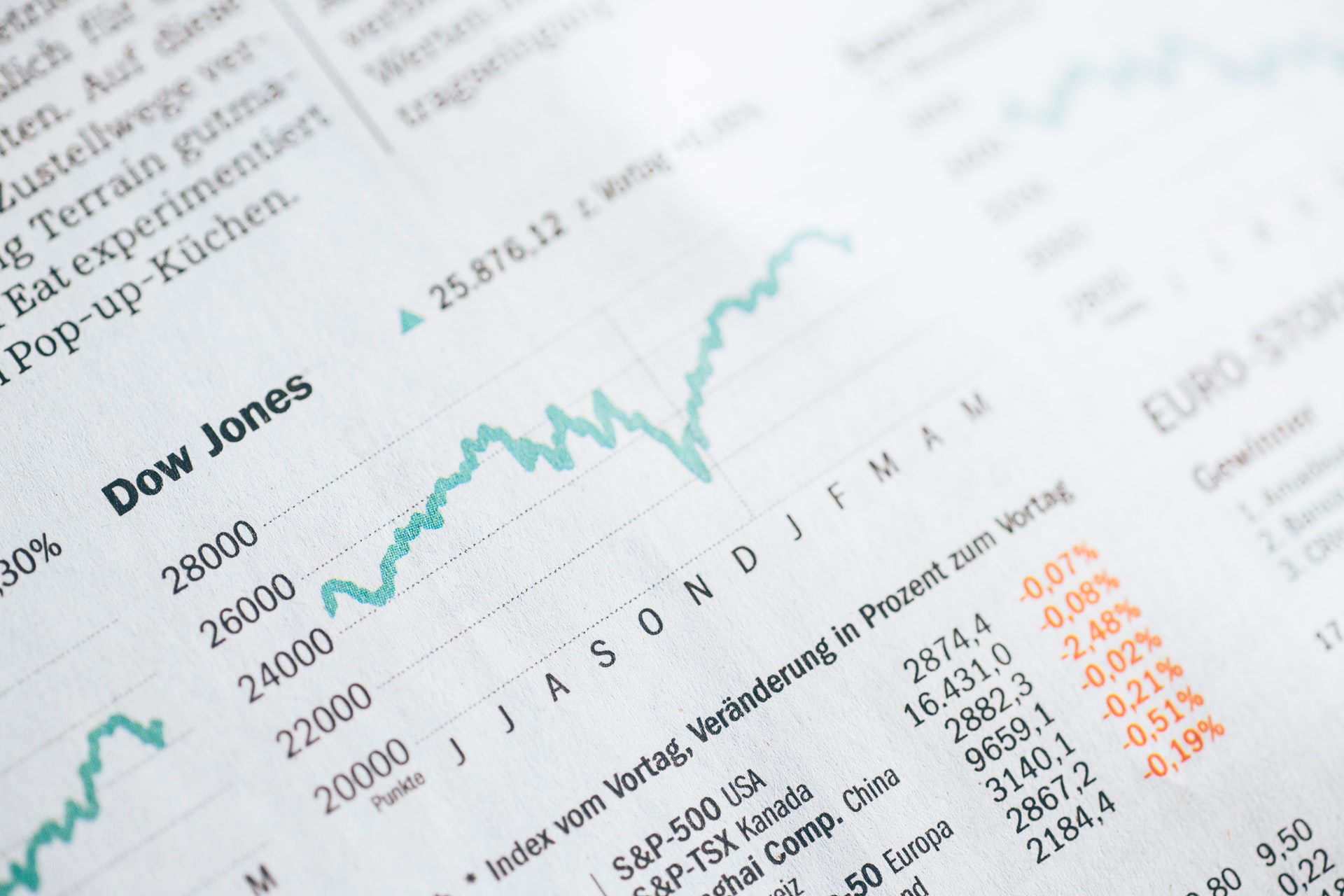Blog

“Why the Dow Jones is not a Great Benchmark”
It’s nearly impossible to tune into mainstream media outlets like CNBC without the Dow Jones Industrial Average (DJIA) being the focal point amongst stock indices. I, myself, am guilty of quoting the Dow’s price whenever asked how the market is doing. By and large “the Dow” is the default index all of us refer to whenever we talk about the stock market. It’s interesting because amongst the financial advisor community, the S&P 500 is considered the premier US index. Yet, there exists this odd disconnect between what the media reports and what advisors actually believe to be the superior benchmark. With that in mind, it’s time to set the record straight and inform the average investor about what most advisors already know to be true — the Dow Jones Industrial Average is a terribly outdated benchmark that needs to be put on the shelf. First A Brief History Lesson The Dow Jones is a US stock market index that measures the performance of 30 large companies listed on US stock exchanges. It was first created in 1896 by Charles Dow (founder of The Wall Street Journal) and Edward Jones as a way to track the stock performance of the 12 largest industrial companies. It has since evolved to include all 11 sectors of the US economy. Although only 8 of the 11 sectors are currently represented. The Dow is the oldest US index, and for that reason, market historians feel it is an effective measuring stick. The Dow can also act as a nice way for passive investors to gain exposure to a diversified basket of stocks. Hypothetically speaking, if an investor could directly invest in the Dow index, they would have earned handsome returns over the last 4 decades. If you had invested $10,000 in the Dow index on Aug 1, 1980, your account would be worth $80,662 today. So the issue isn’t whether or not the Dow itself is a useful way for investors to passively make a lot of money in the stock market. The problem is with the fact that the Dow is ingrained in our subconsciousness as the premier benchmark for US stocks, which just doesn’t make any sense if you understand how the index works. The Dow’s Many Flaws One of the biggest gripes amongst investment professionals about the Dow is that it only tracks the performance of 30 US companies. Is that really an accurate portrayal of the US stock market? Especially when you consider that there are approximately 3,600 publicly-traded companies on the US stock exchanges. Surely the size of the company plays a factor, as the 30 companies listed on the Dow are all blue-chip names. However, to be one of the companies included in the index is a somewhat arbitrary process. It’s not even the top 30 companies by size that make up the index. They just need to be large and well-respected companies. Weaker or failing companies eventually get removed from time-to-time. Yet, there is no clear-cut mathematical formula that signals to the index when a company is to be added or removed. Instead, the components of the index are selected by a group of people that work for S&P Dow Jones Indices. But wait… There’s more. How can any stock index be considered the most accurate indicator of the US market without including dominant companies like Amazon, Google, Facebook, and Berkshire Hathaway? Hold on a second. None of those companies are listed! Amazon’s exclusion from the Dow has to be the biggest head-scratcher. As the 3rd largest company in the US, Amazon literally dominates our personal day-to-day lives, touches nearly every sector of our economy, and continues to add to their workforce at a time when many are getting laid off from their jobs (cough…Boeing…cough). Instead, the Dow’s most recent additions were Walgreens Boots Alliance in 2018 and Dow Inc (the chemical company not the index) in 2019. I Want the Truth… You Can’t Handle the Truth If the average investor only knew the truth, they would care less about where the Dow finished the year and leave it up to the financial professionals and historians. 124 years of dominating our mind’s eye is a hurdle that seems unlikely to overcome. Inertia is a difficult thing to get around. Instead, I suspect the Dow will continue to persist as “the market” in popular media outlets for many more years, if not decades. All this despite the fact that the S&P 500 is the far superior benchmark in terms of ranking and sorting the best of best in US business. Therefore, making it a much better indicator of how US business is doing.Copyright © 2025
Van Gelder Financial
